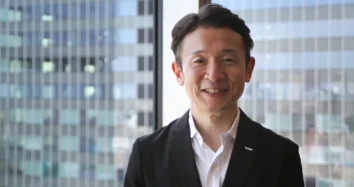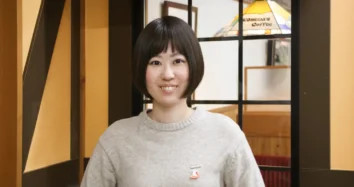KANEMATSU CORPORATION
Type of Business: Development, manufacturing, and sales of:Small precision motors, Automotive, appliance, commercial, and industrial motors, Machinery and equipment, Electronic and optical components and other related products
Address: Kyoto City, Kyoto PrefectuType of Business:Trading Address:JP Tower, 2-7-2 Marunouchi, Chiyoda-ku, Tokyo
Number of employees: Number of employees:7,446 (as of March 31, 2022)
Founded in 1889, the company’s roots are in the import of wool from Australia, and it has expanded its business over time. Today, the company is a trading company with six sales divisions and 101 group companies. The pioneering spirit and ambition to contribute to the international community that was valued by the company’s founder has been passed down to the Kanematsu Group to this day. Under the materiality of “building a sustainable supply chain,” “working toward a decarbonized society,” and “coexistence with local communities,” the Kanematsu Group aims to be carbon neutral at Scope 1 and 2 by 2025, and carbon negative thereafter by increasing the amount of contribution to reduction.
- Challenge
- Lack of know-how in CO2 emissions visualisation
- Need to visualise emissions of more than 100 group companies and supply chain
- Hard to calculate Scope 3 on your own with tens of thousands of suppliers
- Solution
- Introducing CO2 Emissions Visualisation SaaS & SX Consultation
- Propose CO2 emission reduction
- Impact
- Reduction and optimization of data collection & input logic development and man-hours
- Speed to start Scope 3 calculations within 2 months of implementation
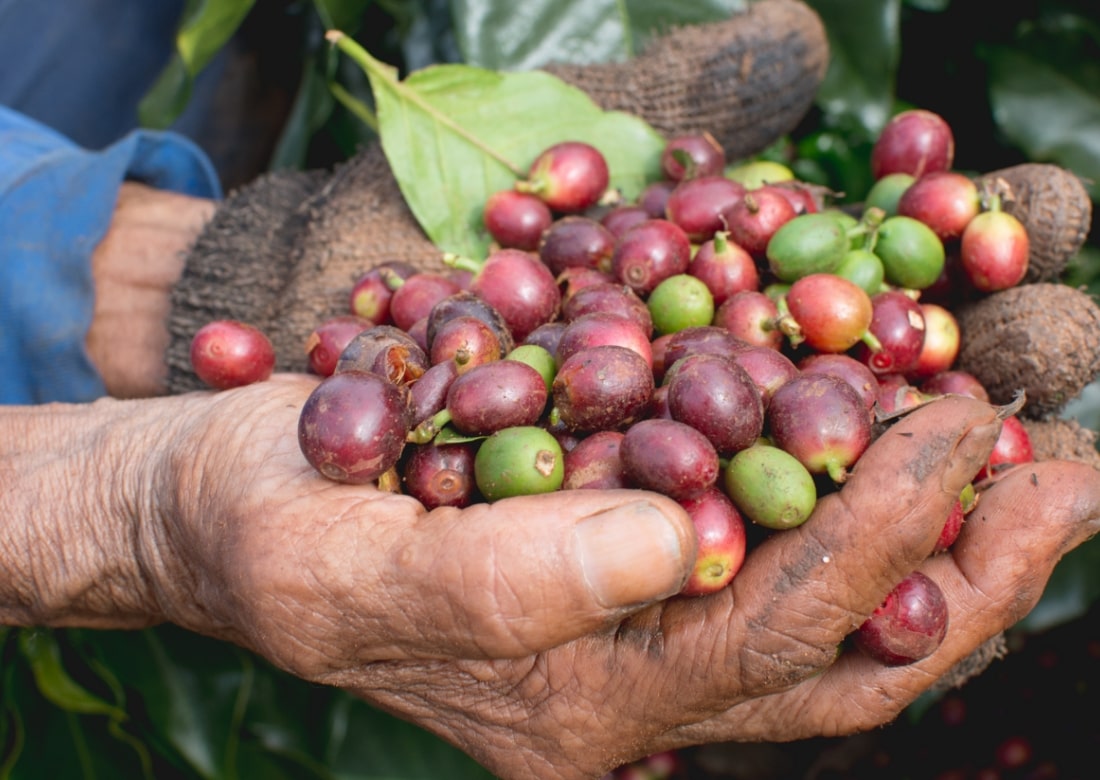
The Strengths in Businesses Is Its Low Environmental Impact
We are a trading company and are classified as a wholesaler. We now have six business divisions, handling a wide variety of products and providing services in a wide range of business areas, primarily in the electronics and devices, food, livestock, foodstuffs, steel, materials and plants, and vehicles and aviation. Our strength lies in the fact that we handle businesses that have a relatively low environmental impact.
In recent years, in response to increasing environmental demands, there has been an emphasis on analyzing the risks and opportunities to our business posed by climate change. In order to sustain business activities over the long term, it is necessary to consider the environmental impact of those activities at the same time.
As a trading company, we often build supply chains with suppliers and business partners. We believe that if any part of the long supply chain has a high environmental impact, it could be a risk to doing business in long term. While we have long been involved in environmentally friendly initiatives such as the handling of sustainable coffee and forest conservation in Indonesia and other countries, we have not had a department to unify these activities, so the Sustainability Promotion Office was established in April 2020.
With many of operating companies engaged in businesses with a high environmental impact and exposed to the risks posed by climate change, we began full-scale efforts to visualise CO2 emissions with the aim of quickly accelerating the movement toward a decarbonized society.
We originally were working on carbon neutrality initiatives. Calculating only Scope 1 and 2 can be done by using Excel and other spreadsheet soft ware, but as a trading company, we felt that there were limits to visualising Scope 3, especially for the entire supply chain. However, as a trading company, we felt there was a limit to what we could do manually to visualise Scope 3, especially the entire supply chain. In addition, when we considered linking our company to each group company in the future, we thought we should introduce a CO2 visualisation system at an early stage.
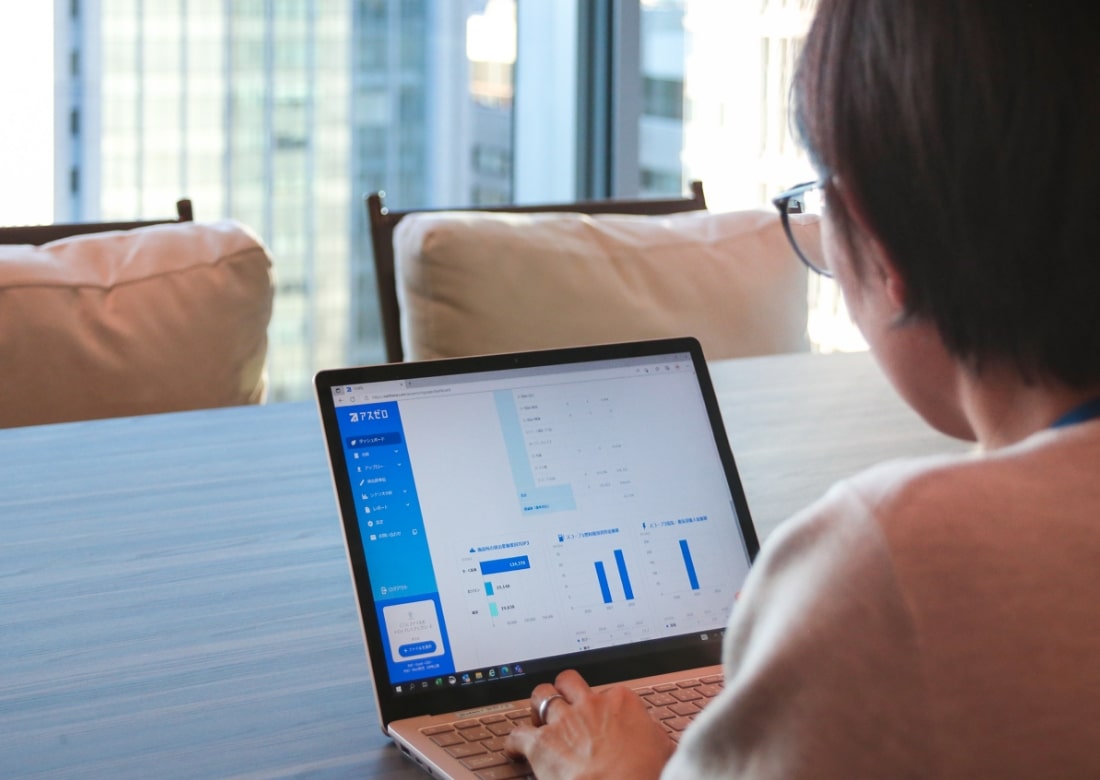
Both the System and Consulting were Key Factors in Our Decision.
I learned about “ASUENE” at an exhibition. Compared to other companies, I had the impression that their products were well-made, and the fact that they offer not only a CO2 emissions visualisation system but also consulting services was a major attraction.
We have more than 100 consolidated subsidiaries and tens of thousands of suppliers, and there was an issue of not knowing where to start with Scope 3. Among the 15 categories, there are some that are easy to tackle and some that are not likely to be done right away. We had absolutely no know-how on how to proceed, so we wanted to consult an expert to teach us the correct way of thinking and calculation.
We believe that it will be easier to promote the project if we tell them that we are working together with experts when we expand them to our group companies in the future. We also believe that the personalities of our partners are also important. Decarbonization efforts must be conducted continuously. In this process, I think one of the key points in selecting a system is whether you can share the same direction with the sales and consulting staff, whether you get along with them, and whether you feel comfortable discussing your concerns with them.
In fact, regular meetings and immediate answers to questions are very gratifying, and having a consulting team that has expertise as a CDP climate change consulting partner and is attentive to follow-up is one of the reasons why we selected ASUENE. The system is also clear and easy to use, even for those in charge who are not familiar with the decarbonization domain and are not good at digital, and it scratches an itch.
I hear that most companies don’t know what they need to do to visualise their CO2 emissions , or how to work on it. If we tell them that this system is easy, they can take the first step. It will also be the best point when we expand the system to group companies and suppliers.
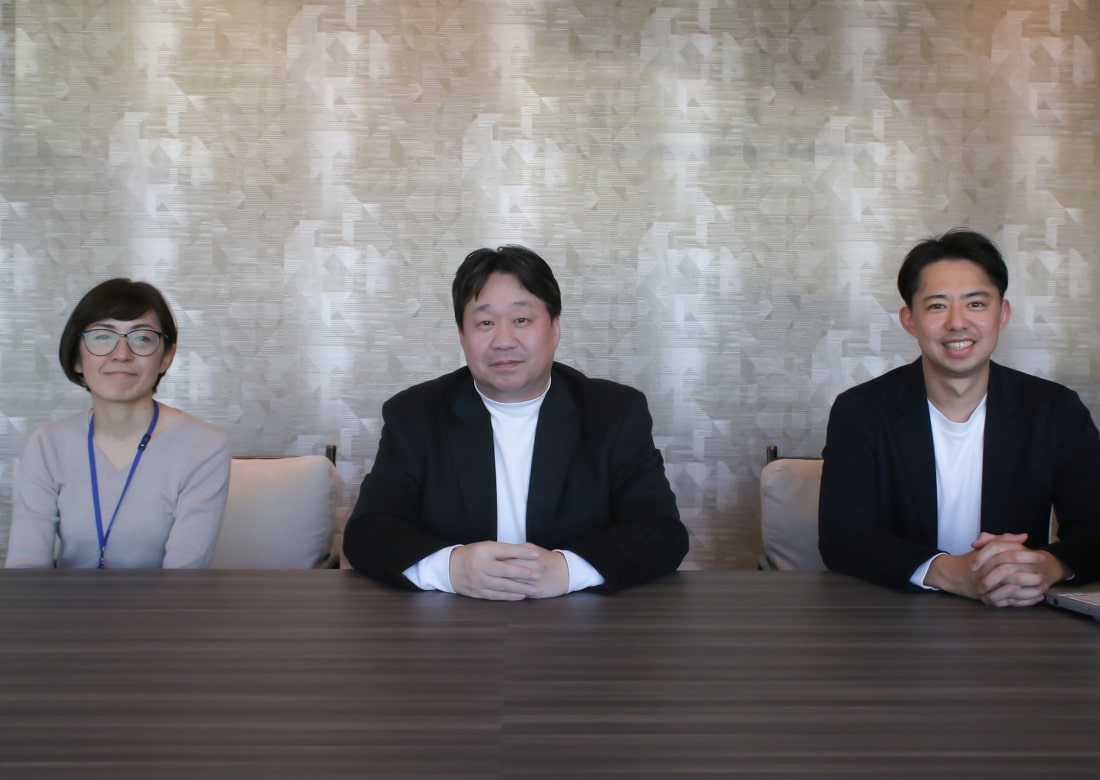
Scope 3 calculation possible in only 2 months
In the onboarding process after the introduction, we were thoroughly taught from the beginning of the process. We had studied about CO2 emissions, but there were many things we did not know even in the basics, so the comprehensive instruction was very helpful.
At our head office, we are able to visualise mainly electricity and gas emissions without much man-hours, but as we proceed with Scope 3 and other calculations and the number of elements increases, it will become easier to avoid mistakes in data inputs and feel the benefits of man-hour reductions. In addition, we believe that data accuracy, consulting, and speed to visualisation will be even more required in the future.
I spend about one hour a day with ASUENE, for study purposes as well. I am almost single-handedly working on this, but since I don’t have to think about the calculation logic, I can spend my time on data collection flow and inputting data. It is very fast that we have already been able to calculate the 4 categories of Scope 3, and we could not have done it on our own.
Group companies sometimes require a one-person operation, so it is essential to have a system that reduces the work as much as possible and allows easy visualisation of CO2 emissions. We believe that “ASUENE” is the only system that has all of these features.
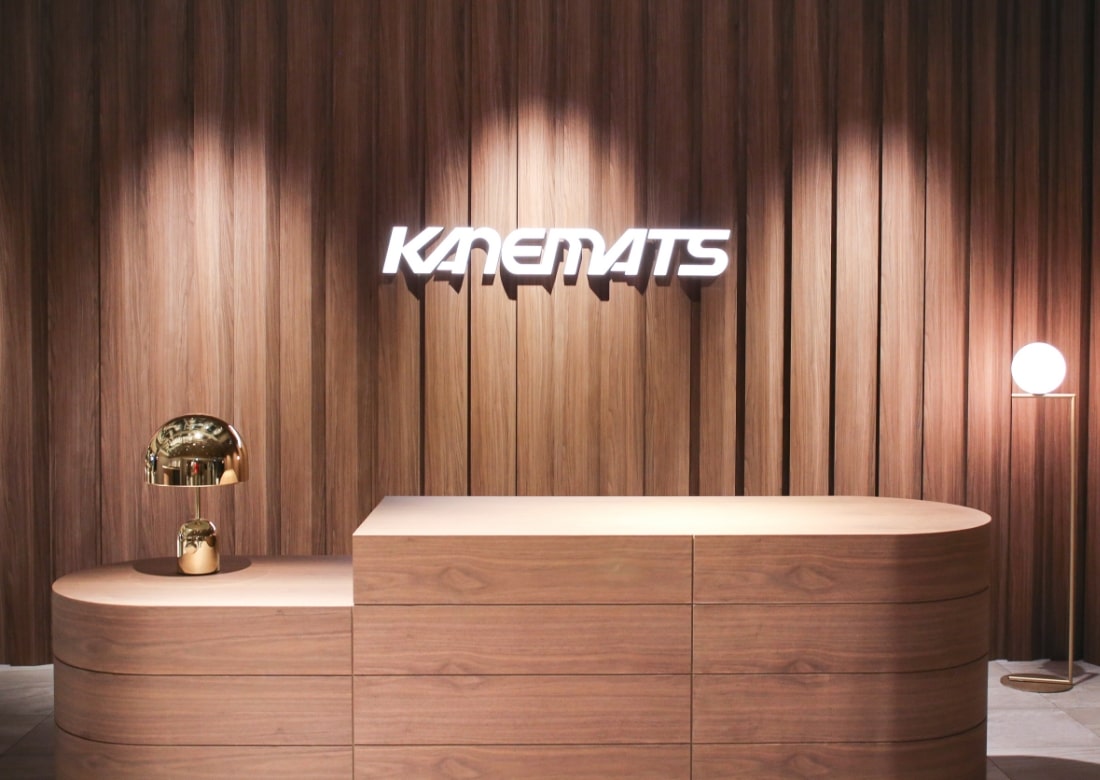
Decarbonizing Management for Protecting Commerce in Japan
Many of our businesses are now sustainable and have a low environmental impact. It is responsible for us to protect our supply chain to continue doing business in an eco-friendly method. We want to continue our business for a long time, not only in consideration of the environment, but also with our customers.
I also believe that what we can leave behind for the next generation through commerce in Japan is a theme for our company as a trading company. We have always been involved in social contribution and donations, but in order to leave sustainable commerce to the next generation, I believe that we cannot avoid solving environmental problems. Our company will take the lead among trading companies and make every effort to achieve a decarbonized society.

